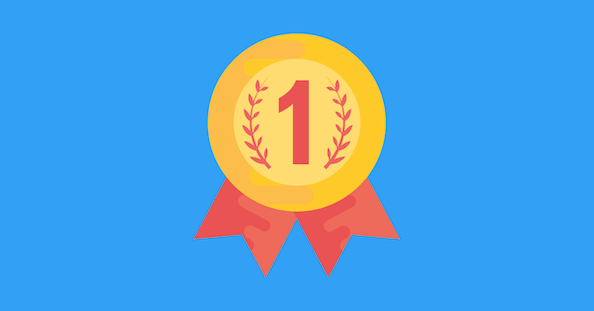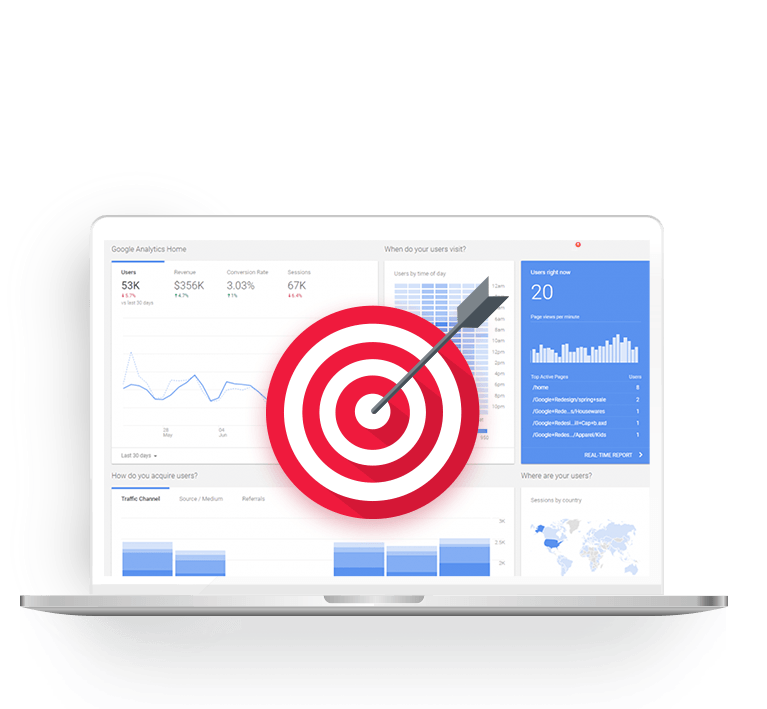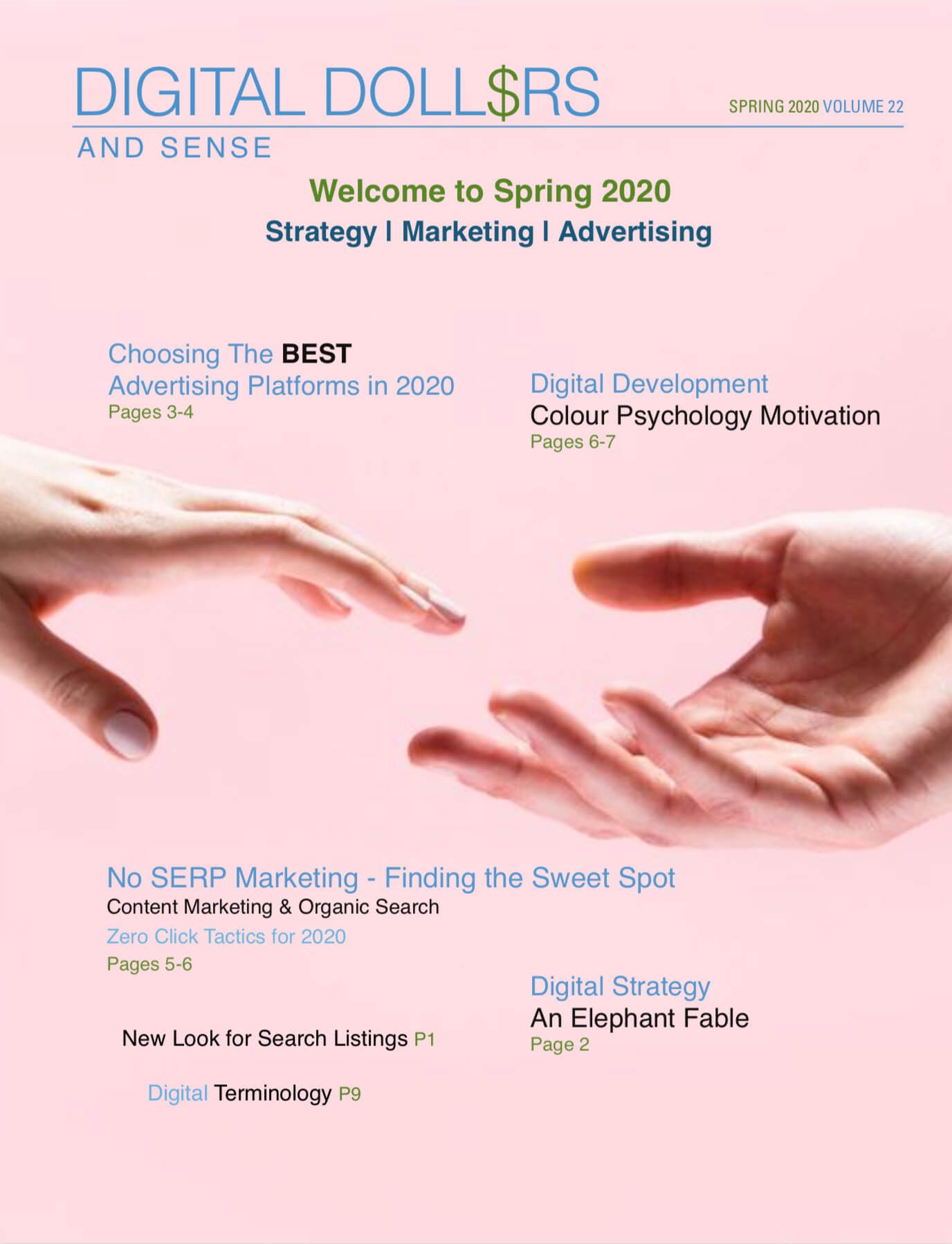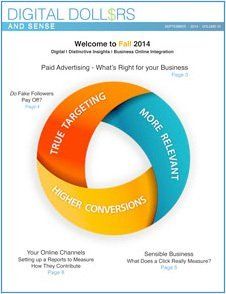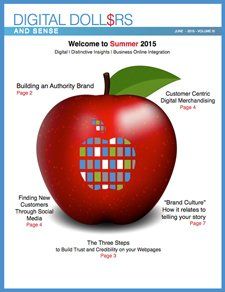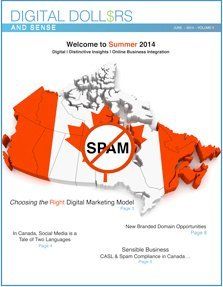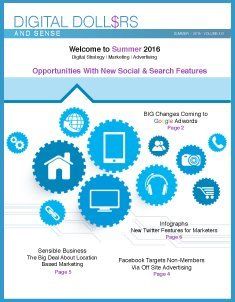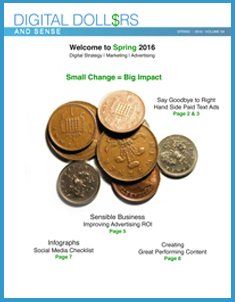No SERP Content Marketing - Finding the Sweet Spot
- By Cheryl Kenny
- •
- 06 May, 2020

As you steer your business through 2020, stay on top of no SERP Content Marketing for generating new customers and getting your brand known by a larger audience.
About No SERP Content Marketing? - No SERP - is a search return that contains zero organic results.
No SERP aka “zero click” search is when a person executes a Google search and they use the information already presented on the SERP as a means to answering their query. They do NOT click on any of the “organic” sites/listings further down on the results page.
Who Owns the No SERP - Zero Click “Space” - When looking at zero click results, the major search engine you are using is claiming the “top level” search return content. My Business listings and Top Page informational Snippets such as weather, sports news, definitions, airline flights, and more hold the coveted positions.
Simply put, Google has asserted all the “top level” search return content with My Business listings and Top Page informational snippets, above your organic listing.
No SERP - The Good, Bad and Ugly - Some would say No SERP is a “bad” thing. Some would point out exceptions such as large retailer searches (example Costco). For the majority of businesses, understanding that “No SERP - zero click” exists is a good thing, since it let’s us focus on working within “zero click” parameters.
Effective Approaches for Zero Click Positioning Website content must be deep and comprehensive, as major search engines like Google have been identifying to us for some time. Try these effective No SERP - zero click content marketing tactics:
#1 - Choose content topics that are credible and compelling to your business values. As a guide, look at what existing content was “sticky” to your target audience from your last/previous efforts.
#2 - Review what SERP pages (social and search) are crowded with similar results for the type of content you plan to create. What pages have few results? Consider how you can tailor your content to these search returns, without jeopardizing your content intent.
#3 - Featured snippets are great for informational queries and branding.Target Featured snippets that reside on SERPs that garner no clicks. Become an authority for this subject matter, provided it supports your business. Review your keywords for terms that may have conversion possibilities, with a particular focus on questions. Create content Snippets that fall into one of three formats: the paragraph, list, or table snippet.
#4 - Think about how your content can be personalized and how will it create activations.
#5 - Provide readers with the information they want, when and where they consume it. Ensure your content is repurposable across your chosen organic and paid channels. Plan your content structure to support different platform features.
#6 - Adapt your content for the regional needs and differences of each market while still conveying the main message. If you publish the same content on more than one site that you own, take measures to ensure you avoid “duplicate content” flagging.
#7 - Be concise with what you write while providing as much detail as possible.
Consider choosing from the diverse content types as shown in Figure 1.
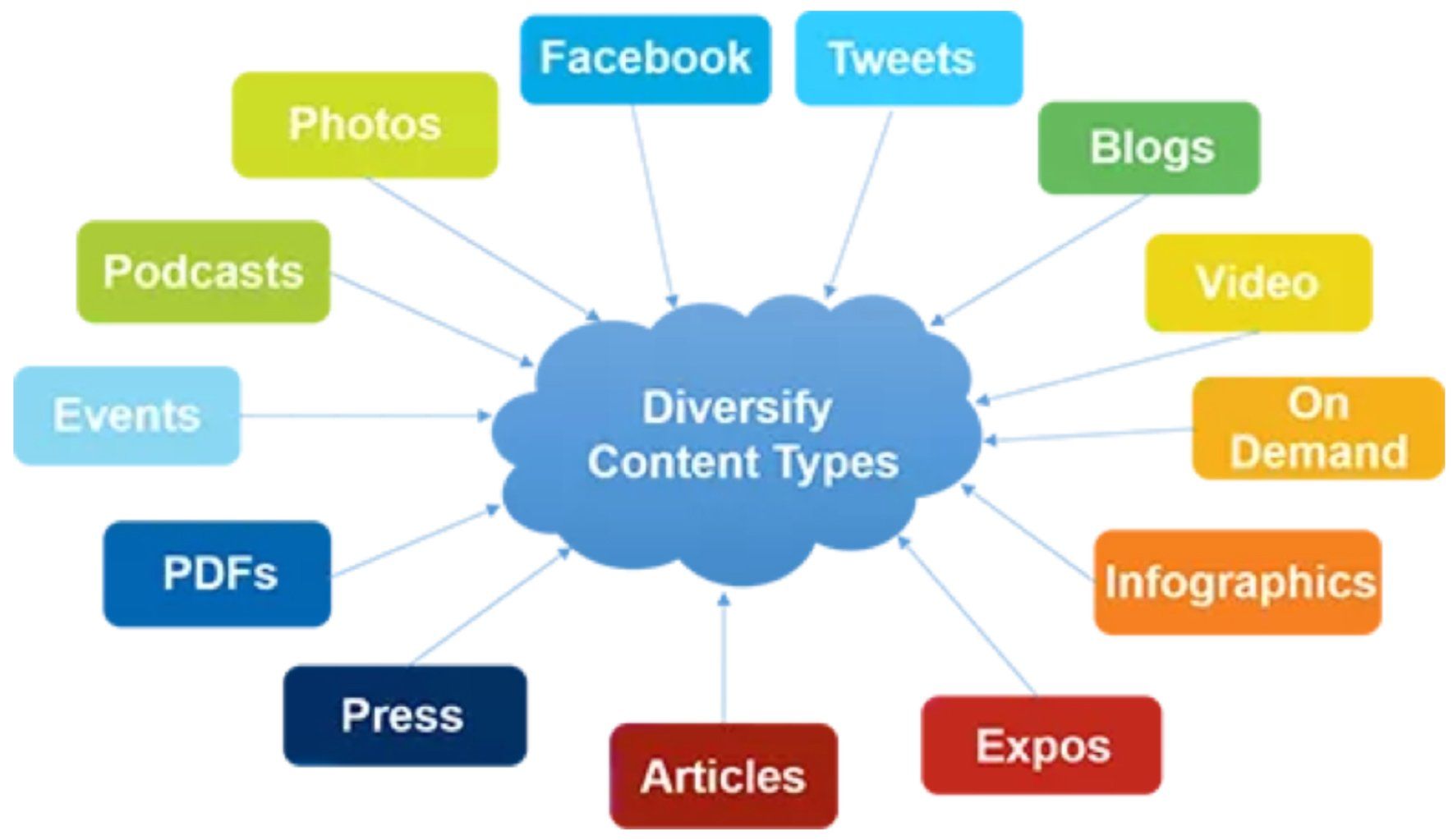
Bottom Line: In the 2020 decade, 20/20 vision is more than hindsight. There will continue to be shifts in the online industry that enable marketing strategies, company investment and consumer/business behaviour. Pay attention to Google, focus your strategy on tools and content types that can build up your business and service your existing customers. And measure those efforts with good tracking and analysis.
A Short Summary of Google's Special Content Resource Blocks (Snippets)
“Special Search Results” are known by a number of names including Rich Answers, Knowledge Graphs and Snippets.
Rich Answers - Also known as instant answers are answered by Google with content from your site. You do not get any credit for providing this content. Google claims these answers are part of the public domain.
Knowledge Graph - Content is pulled from a variety of sources and is presented in a beautiful box to the right or above organic search results, in a photo gallery. Results are usually about brands, people or organizations.
Rich Snippet - Enhances an organic search result with information marked up from a site structured scheme from schema.org. These results include starts, product available and pricing information as well as photos for reviews.
Featured Snippets - a special block above organic search results that Google shows for certain queries. Items like YouTube and Two for One features snippets can serve as great positioning for you products and brand. Here are 3 types of featured snippets:
- Paragraph Snippets
that answer “quick questions” when you search for items like How to do/get…, Who is, Why is, or What is
- List Snippets
that are step by step numbered lists and present inform such as Recipes, DIY tasks, How to… How do I…
- Table Snippets that are comprised of a bullet list, usually with some kind of extra detail to each item. Typical tables include Item Lists, Pricing, Rates and Data. Table snippets are often used for best of, ranked, unranked and feature lists.





